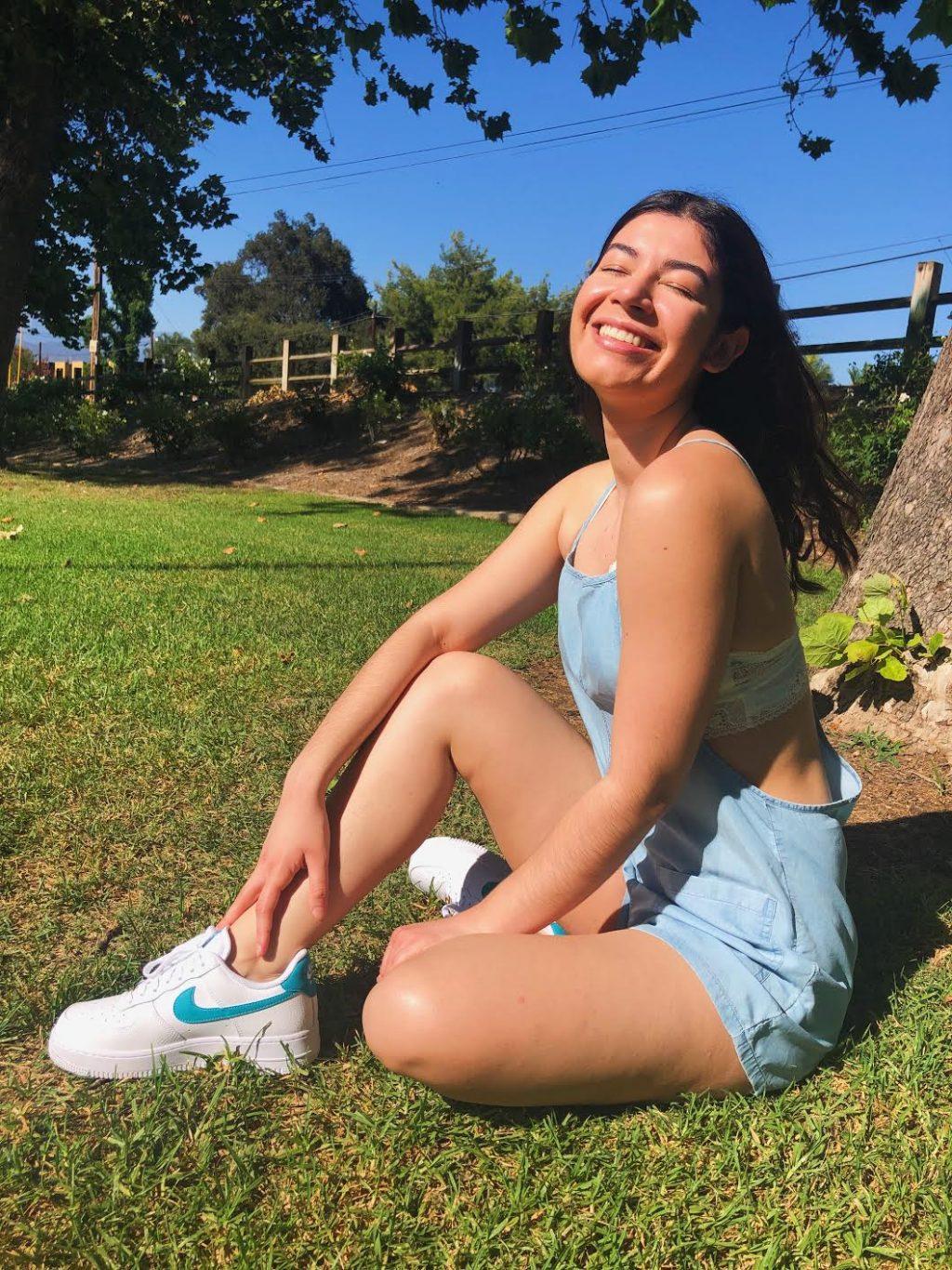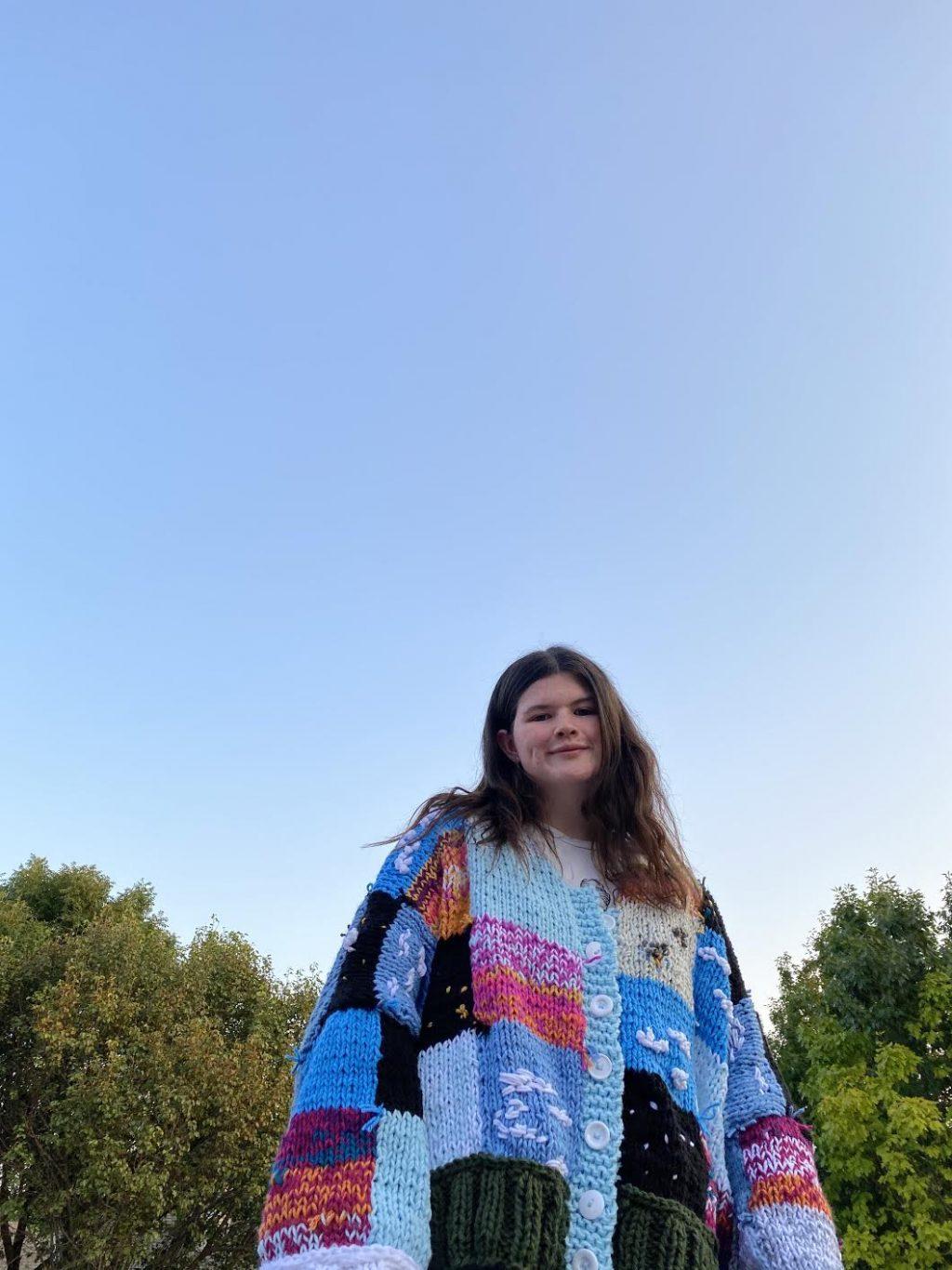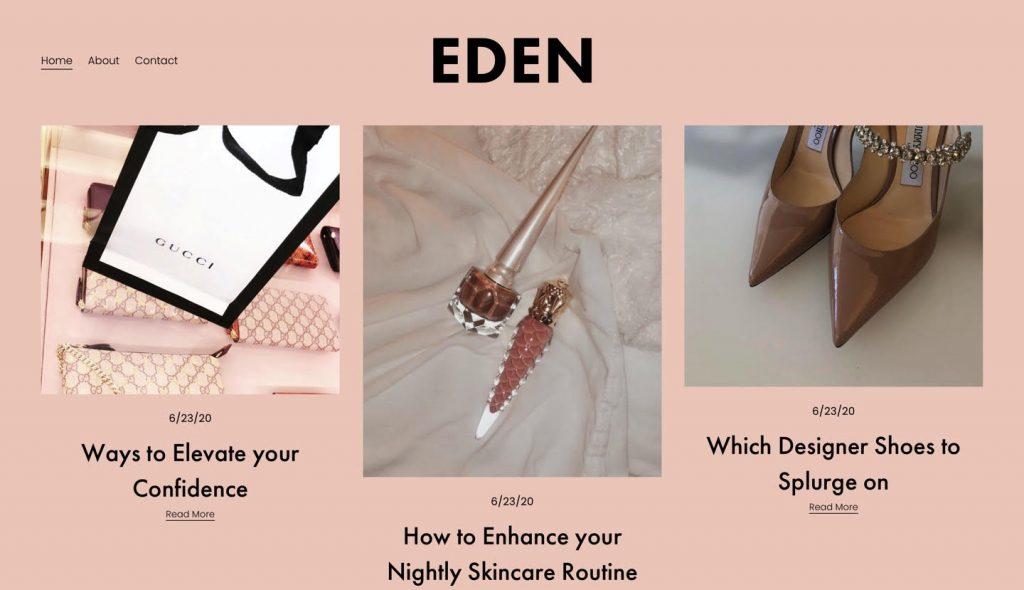Art by Madeline Duvall
With store closures and significantly minimized profits, the fashion industry is still struggling in the age of COVID-19. In addition to drastically altering the supply and demand for clothes, the pandemic forced advertising, customer service and company values to adapt.
Pepperdine students involved in the fashion industry have noticed the shift in the fashion world as brand ambassadors, small business owners and models.
“It’s more consumer habits changing rather than brands changing what they [are selling],” senior Dyani Heredia-Urias said.
According to an article in Forbes, “COVID-19 has exposed a fundamental weakness in the traditional fashion system: matching supply and demand.” This weakness was apparent as numerous big retailers filed for bankruptcy during the pandemic, unable to recover from the decrease in sales. With excess inventory, unsold clothes are piling up, sparking a conversation on how to deal with the merchandise in an environmentally friendly effort, according to an article in the Wall Street Journal.
In California, indoor malls are still not permitted to open. Since people are cautious about shopping outside, online shopping has increased. With retailers unable to advertise like before because of closures and precautions, the fashion industry will need to adapt in the coming months.
New Consumer Interests
Innovative mask and loungewear designs have changed consumer interests in the fashion industry. With offices and schools closed and festivals and vacations canceled, consumers aren’t shopping for the clothes they used to shop for.
Dyani Heredia-Urias said she has been working with American Eagle’s in-house intimate apparel brand, Aerie, since 2018. She modeled in the brand’s 2018 ad campaign, which appeared in American Eagle stores, on social media and even in Times Square.
Heredia-Urias said she applied to the Aerie Ambassador Program this year, and in July, she officially became an ambassador for Aerie, posting weekly on her social media to promote the brand’s new arrivals.

Heredia-Urias said her sense of style changed during the pandemic.
“When I was back at school, I loved picking out my outfits — that was kind of my thing,” Heredia-Urias said. “Once COVID hit, I became an advocate for baggy T-shirts or joggers.”
Heredia-Urias said she has seen other brands change their message to promote their loungewear lines, but Aerie has not needed to do this since they have always been a comfort lifestyle brand.

Because she has plenty of downtime, Heredia-Urias said her online shopping has increased over the past few months, as she now buys things she wouldn’t normally get in a store.
“When you’re in a store and trying things on, it’s such a different experience,” Heredia-Urias said. “I feel like I tend to hold back when I’m in stores and [when] I look at pictures on a website, I’m like, ‘Oh that could be cute,’ and then my shopping bag is just huge.”
Increase in Online Shopping
Millions of Americans, like Heredia-Urias, have been lured into the world of online shopping. According to statistics from the Illinois Technology Association, online purchases have increased by 72.6% and online revenue has increased 22.2% since March.
With the increased usage of online shopping, retailers have to make up for the traditional in-store experience, especially for shoppers who may hold doubts about online ordering. Retailers have started to offer customers personal stylists to help them shop online. Lululemon is one of these retailers, offering a virtual shopping experience with an educator over video chat or phone call.
COVID’s Impact on Sales
Not all retailers are surviving the pandemic. With store closures in March, the fashion industry took a big hit that lasted several weeks. Neiman Marcus, J.C. Penny, Lucky Brand and Lord & Taylor are just a few of the companies that filed bankruptcy because of the decrease in sales due to store closures, according to an article in The Intelligencer.
Lucy Jolis is the owner of Sunroom, a women’s designer fashion boutique in Malibu. Jolis said her online business sales stayed about the same during closures, but her in-store sales are still struggling. Since Jolis isn’t selling as much as she used to, the store’s inventory has been cut in half.
“[COVID] has brought down our sales significantly because people aren’t shopping as much because people aren’t leaving their houses,” Jolis said. “It’s like you’re working ten times as hard with half of the results because people are scared to go out and do anything.”
Jolis said the strongest part of her business is her loyal customers whom she has continually worked with. Tourists and foot traffic also significantly contribute to her sales, but she doesn’t see that demographic of her sales coming back anytime soon.
Some businesses, however, have experienced the opposite, gaining more traction and recognition on social media.
Senior Kendall Ross said she found her small business, I’d Knit That, growing during the pandemic even though she just launched it at the beginning of the year. Ross started selling handmade knitted sweaters, tops, bags, blankets and more on her Instagram and website in January.

“I definitely had more time to knit and make things and experiment,” Ross said. “[Sales] increased through that, [which] probably went along with gaining more recognition.”
Ross said she feels there is less of a need for buying even though people still may be shopping. She believes there is a drifting focus on sustainability when it comes to clothes, such as thrifting or buying from resellers.

“We’re not going out, and things are kind of more simplified than they were,” Ross said. “People can focus more on not buying as much and buying better. A lot of people are realizing, ‘Oh, I don’t need to like shop constantly and I can just focus on the wardrobe I have.’”
The Shift in Advertising
Another new hurdle in the fashion industry is dealing with state closures that impact advertising campaigns and modeling. Retailers want to uphold the message of staying safe and performing social-distancing, so having full-blown modeling campaigns may send the wrong message to consumers.
Junior Meghan Macaya said she recently signed with a modeling agency, Peak Models and Talent, but because of COVID, she has had difficulty finding jobs. She launched her fashion and lifestyle blog, Eden, on Aug. 10 after her recent internship in web design and business marketing inspired her to create her website.
“I couldn’t do any [modeling] this summer really because summer is usually the time I can commit to more castings,” Macaya said. “Especially during the [school] year, it’s hard for me because I usually have 18-unit semesters.”
Macaya said she noticed a few retailers making an effort to give back to their community. Revolve stood out to her the most because the company created a GoFundMe page, Revolve Around Our Heroes, to donate to first responders and the COVID-19 relief. Macaya donated to the cause after finding out about it.
“I thought that it was really great how they came out in support of the people on the front lines during the pandemic [and] had an intention to serve in that way,” Macaya said.

Macaya said she noticed a shift in advertising from retailers due to COVID-19 as well.

“On social media, it’s all shopping online [and] photographers [are] doing photo shoots for social media influencers on FaceTime,” Macaya said. “It actually turns out looking pretty good.”
This new form of online advertising ranges from high fashion to everyday apparel. In April, Bella Hadid starred in the very first FaceTime campaign for Vogue Italia. Tiktok star Addison Rae shot American Eagle’s Back to School campaign from her bedroom over Zoom.
“People are getting creative nowadays, [and] we’re all finding different ways through the technology that we have to just make it work,” Macaya said.
____________________
Follow the Graphic on Twitter: @PeppGraphic
Contact Sofia Longo via Twitter: @sofialongo_ or by email: Sofia.Longo@pepperdine.edu

